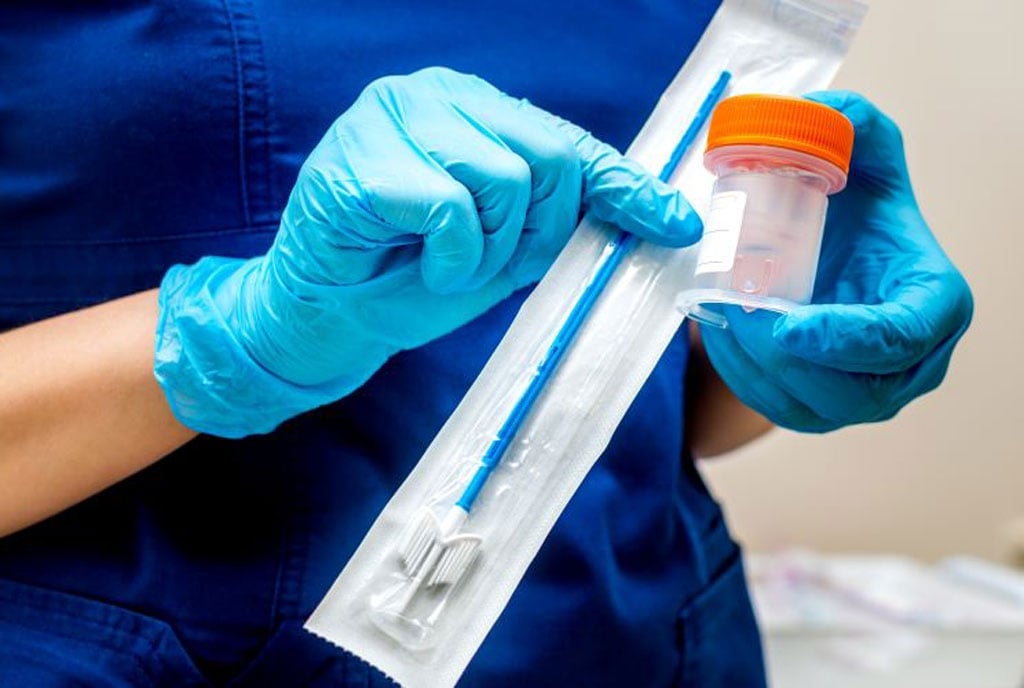Prime
Address cancer issues holistically

A medical doctor carries testing swabs for cervical cancer. PHOTO/COURTESY
What you need to know:
The issue:
Cancer awareness
Our view:
The challenge remains in sensitising the public on how to use the swabs correctly. The other challenge is that the focus is mainly put on cervical cancer, which of course is leading in mortality rates, but other cancers need equal attention too.
Makerere University’s Infectious Diseases Institute (IDI) has announced the introduction of self-testing swabs for cervical cancer as part of measures to ensure early detection of the disease.
Dr Aggrey Semeere, a researcher at IDI, last week said the self-testing swab is simple and can be done at any place where women feel comfortable. The new procedure is intended to promote cancer screening since most women across the country say the current testing mechanism is uncomfortable.
Currently,pap smears are used to test for cervical cancer and are done according to a woman’s age. WebMD recommends that women aged 20 to 30 get a screening every three years, 30 to 65 every three to five years, while those aged 65 and older need no further screening if they have had three tests in a row with regular results.
Available research findings by the British Medical Journal based on Kampala Cancer Registry data indicate that cancer is on the increase.
While it is projected that the incidence rates of skin cancer and blood cancer continue to decrease by 22.6 percent and 37.3 percent respectively, cervical, breast and prostate cancer incidence were projected to increase by 35.3 percent, 57.7 percent and 33.4 percent respectively by 2030.
On average, researchers at the Uganda Cancer Institute say the burden of cancers in Uganda will increase by around 40 percent in the same period due to changes in risk factors and population growth.
With this projected increase in cases, the situation is worrying. But with measures in place such as early detection, eating a healthy diet, maintaining a healthy weight, keeping the body active, and avoiding risky lifestyles such as smoking, we may curb the surging numbers.
Nonetheless, there is a need for deliberate and holistic government measures to face this health challenge head-on. The efforts by IDI to make cervical cancer testing easier are commendable. The challenge remains in sensitising the public on how to use the swabs correctly. The other challenge is that the focus is mainly put on cervical cancer, which of course is leading in mortality rates, but other cancers need equal attention too.
Just like the government has previously responded to other killer diseases such as HIV/Aids, Covid-19 and Ebola, we need to invest more in cancer prevention and treatment too. Invest in research, infrastructure, capacity building and remuneration of healthcare workers, and massively sensitise the public to be aware of how to detect, diagnose and treat all cancers.



